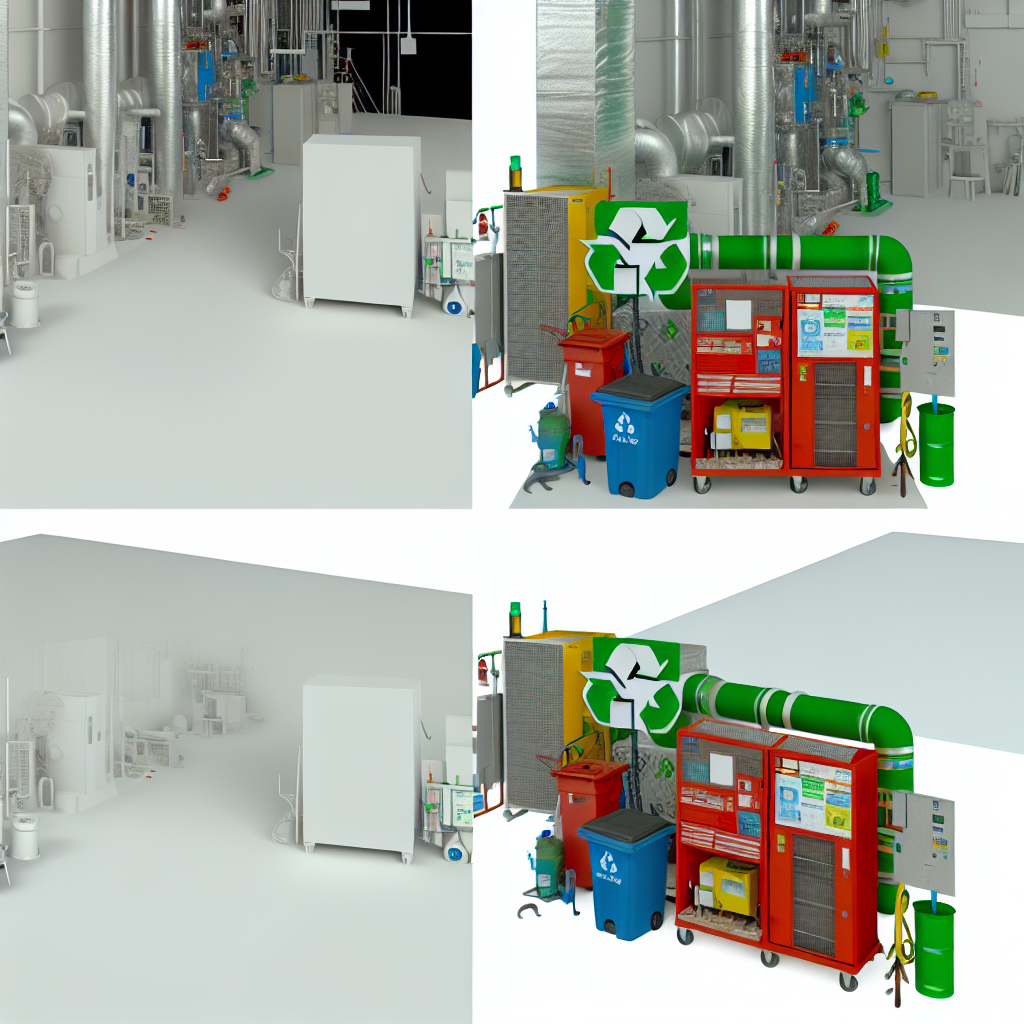
Exploring Advanced Refrigerants and What They Mean for HVAC Installers
Welcome to an exciting era in the HVAC industry! As an installer, you’re on the frontline of a transformative shift towards advanced refrigerants. These new developments promise not only to revolutionize how you work but also to offer significant benefits for your clients and our planet. Let’s dive into what these changes mean for you.
Advanced Refrigerants and Their Impact on HVAC Installers
The landscape for refrigerants is evolving rapidly, and understanding these changes is crucial for staying ahead in the HVAC industry. Market growth, environmental concerns, and technological advances are shaping this new reality.
Market Growth and Regulations
The North American refrigerant market is projected to grow steadily, reaching USD 4.16 billion by 2032. This growth is largely driven by regulatory changes phasing out traditional refrigerants due to their environmental impact. The EPA’s regulations and international agreements like the Kigali Amendment are pushing for the adoption of low-GWP refrigerants, such as HFCs, HFOs, and natural options like ammonia and CO₂.
Energy Efficiency and Smart HVAC Systems
Advanced refrigerants like R-410A and R-32 are not just about compliance; they also offer superior energy efficiency, cutting down utility bills by enhancing cooling and heating performance. Integration with smart technology means HVAC systems can now automatically adjust settings for optimal performance, catching issues early before they become costly problems.
Industry Demand and Opportunities
The demand for advanced refrigerants is particularly strong in the cold chain sector, driven by the increasing need for temperature-controlled logistics for frozen foods and vaccines. This sector’s growth is a golden opportunity for HVAC installers to expand their services and expertise.
Training and Education
With new refrigerants come new skills. Investing in advanced training programs is essential. These courses are designed to equip you with knowledge about the latest refrigeration technologies, troubleshooting techniques, and the proper handling of low-GWP refrigerants.
System Longevity
The shift to advanced refrigerants not only improves system performance but also extends their lifespan. By reducing environmental impact and enhancing efficiency, these refrigerants ensure that the systems you install today will last longer and perform better.
- Understand the benefits of low-GWP refrigerants.
- Embrace smart technology integration for better system management.
- Stay ahead with continuous training and education.
- Capitalize on opportunities in the cold chain sector.
- Ensure compliance with EPA refrigerant regulations.
Conclusion
As an HVAC installer, embracing advanced refrigerants is more than just keeping up with industry trends—it’s about leading the charge towards a more sustainable and efficient future. By understanding and adapting to these changes, you can offer better services, reduce environmental impact, and ensure your business remains competitive.
Ready to take the next step? Explore our training programs and product offerings to keep your skills sharp and your services cutting-edge!
FAQ
What are advanced refrigerants?
Advanced refrigerants are newer types of refrigerants that offer lower global warming potential (GWP) and improved energy efficiency compared to traditional options. Examples include HFOs and natural refrigerants like CO₂.
Why are traditional refrigerants being phased out?
Traditional refrigerants like CFCs and HCFCs are being phased out because they contribute significantly to ozone depletion and global warming. New regulations are encouraging the use of more environmentally friendly alternatives.
How can advanced refrigerants benefit my HVAC business?
Adopting advanced refrigerants can lead to more efficient and longer-lasting HVAC systems, reduced energy costs for clients, and compliance with regulatory standards, enhancing your business’s reputation and competitiveness.

